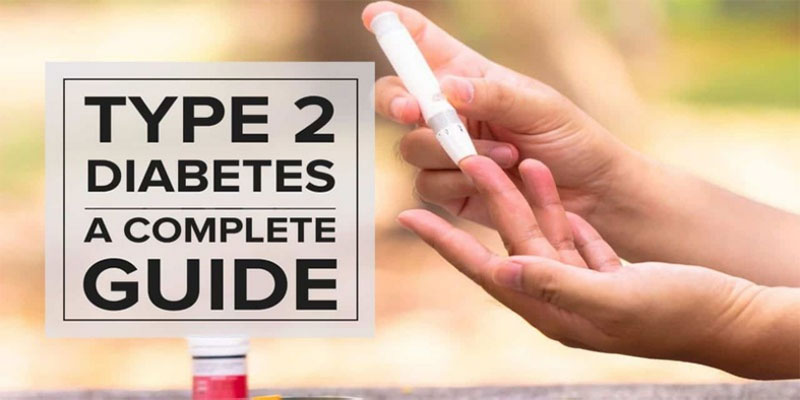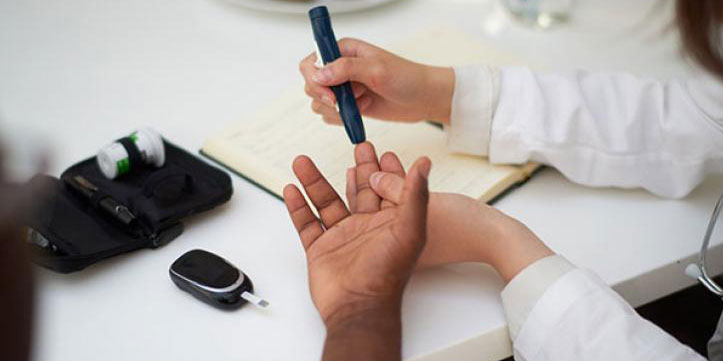
Is Type 2 Diabetes Reversible?
Mar 06, 2023
The metabolic disorder known as type 2 diabetes affects many people. It develops when the body does not control blood glucose levels properly, either because insulin is not produced or used properly. Damage to blood vessels, nerves, and organs, as well as an increased risk of cardiovascular disease, stroke, and other chronic conditions, are just some of the long-term effects of this. It is possible to reverse the effects of type 2 diabetes through a combination of lifestyle changes and medical interventions, despite the disease's reputation as a chronic condition.
Improving the body's sensitivity to insulin and lowering blood sugar levels is essential for reversing type 2 diabetes. Several methods exist, such as modifying one's diet, engaging in physical activity, slimming down, or taking medication. If people with type 2 diabetes adopt these measures, they can improve their health and quality of life while decreasing their need for medication to control their condition. Although it may take a lot of work and dedication, many people with type 2 diabetes can have their condition reversed. Through proper management, people with diabetes can achieve and maintain normal blood sugar levels, lessen their vulnerability to complications, and lead normal active lives.
What Is Type 2 Diabetes?

Simply put, type 2 diabetes is a metabolic disorder that arises when the body stops responding appropriately to insulin to regulate blood glucose levels. The pancreas produces the hormone insulin, which is essential for controlling blood sugar levels. Carbohydrates in food are metabolized into glucose and absorbed into the bloodstream. As a result of insulin's assistance, glucose can enter cells and be used for energy or stored for later use.
To put it another way, those with type 2 diabetes either don't produce enough insulin, or the insulin they produce is ineffective at controlling blood sugar. This causes blood sugar levels to rise, which is associated with a host of health problems. Damage to blood vessels, nerves, and organs, along with an increased risk of cardiovascular disease, stroke, and other chronic conditions, are all possible outcomes of these complications.
Reversing Type 2 Diabetes
It is possible to reverse the effects of type 2 diabetes through a combination of lifestyle changes and medical interventions, despite the disease's reputation as a chronic condition. Improving the body's sensitivity to insulin and lowering blood sugar levels is essential for reversing type 2 diabetes. Some methods for reversing type 2 diabetes are as follows:
Diet And Nutrition
To reverse type 2 diabetes, dietary and nutritional changes are among the most crucial factors. The point is to reduce processed carbs and sugar and increase fiber, protein, and healthy fats intake. Type 2 diabetes can be reversed through a variety of dietary approaches, including but not limited to the following:
- Diets low in sugar and refined carbohydrates have improved glucose homeostasis and reduced the risk of developing type 2 diabetes. Try to shift your diet towards one rich in whole grains, fruits, vegetables, and beans.
- A diet higher in protein and healthy fats have been shown to lower insulin and glucose levels and increase feelings of fullness and satiety. Lean meats, fish, eggs, and dairy products are all good sources of protein, and nuts, seeds, and avocados are all good sources of healthy fats.
- Selecting foods low in glycemic index can help to mitigate the risk of hypoglycemia by reducing the likelihood of rapid digestion and subsequent blood sugar spikes. Low-glycemic foods include, among others, sweet potatoes, lentils, and quinoa.
Exercise And Physical Activity

Consistent activity and exercise can also be instrumental in reversing type 2 diabetes. Physical activity lowers blood sugar and enhances the body's sensitivity to insulin. Ways that you can make exercise a regular part of your life include:
- Aerobic exercises like brisk walking or cycling improve cardiovascular health and lower the risk of developing chronic diseases like heart disease and stroke.
Conclusion
Type 2 diabetes, in conclusion, is a chronic condition that can be reversed through lifestyle changes and medical interventions. Type 2 diabetics can improve their health, lower their risk of complications, and enhance their quality of life by restoring the body's sensitivity to insulin and decreasing blood sugar levels. Although it may take a lot of work and dedication to reverse type 2 diabetes, it is highly beneficial. People with type 2 diabetes can reverse their condition and lead normal lives by following simple lifestyle changes, including making dietary and lifestyle changes, increasing physical activity, and working with healthcare professionals to create a personalized treatment plan.





